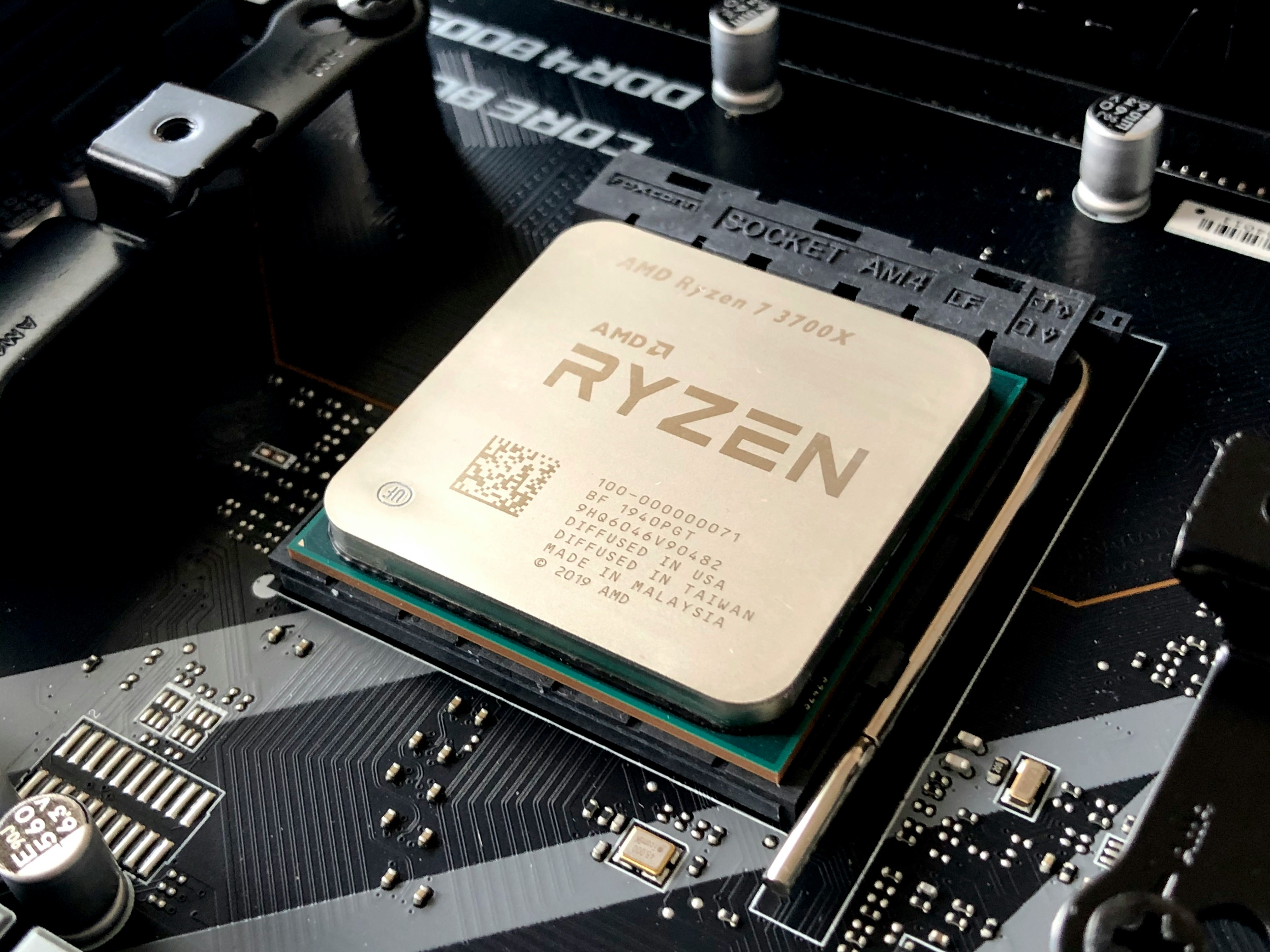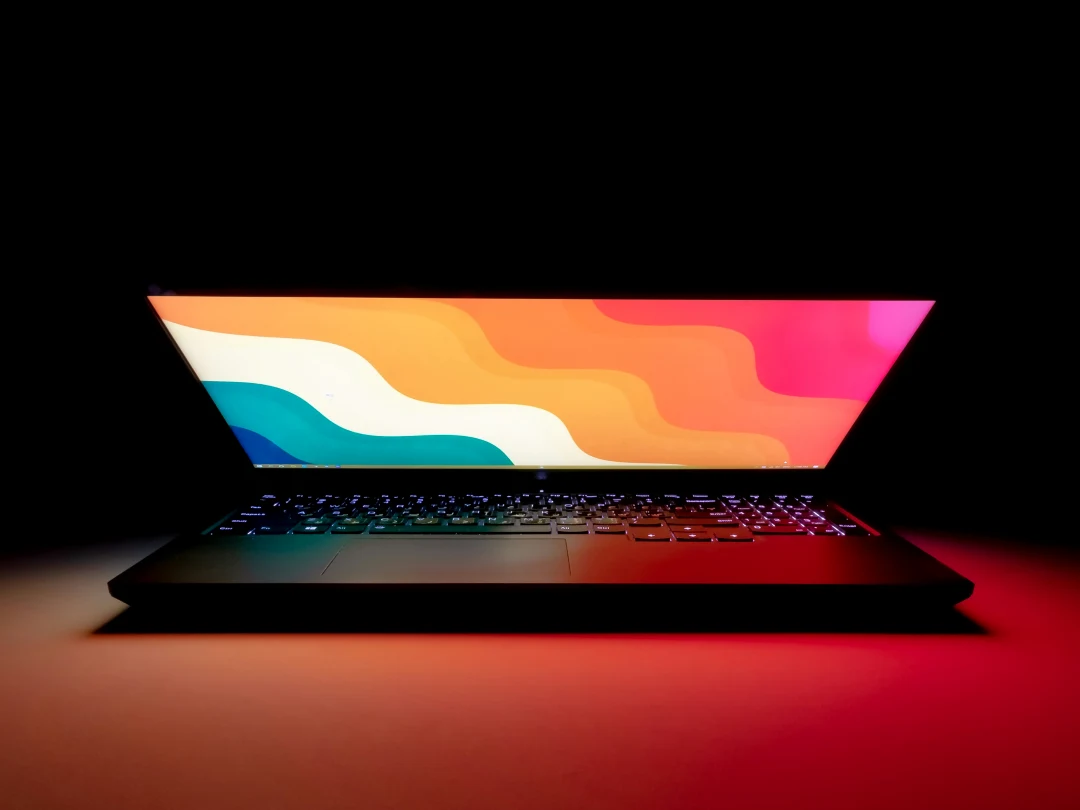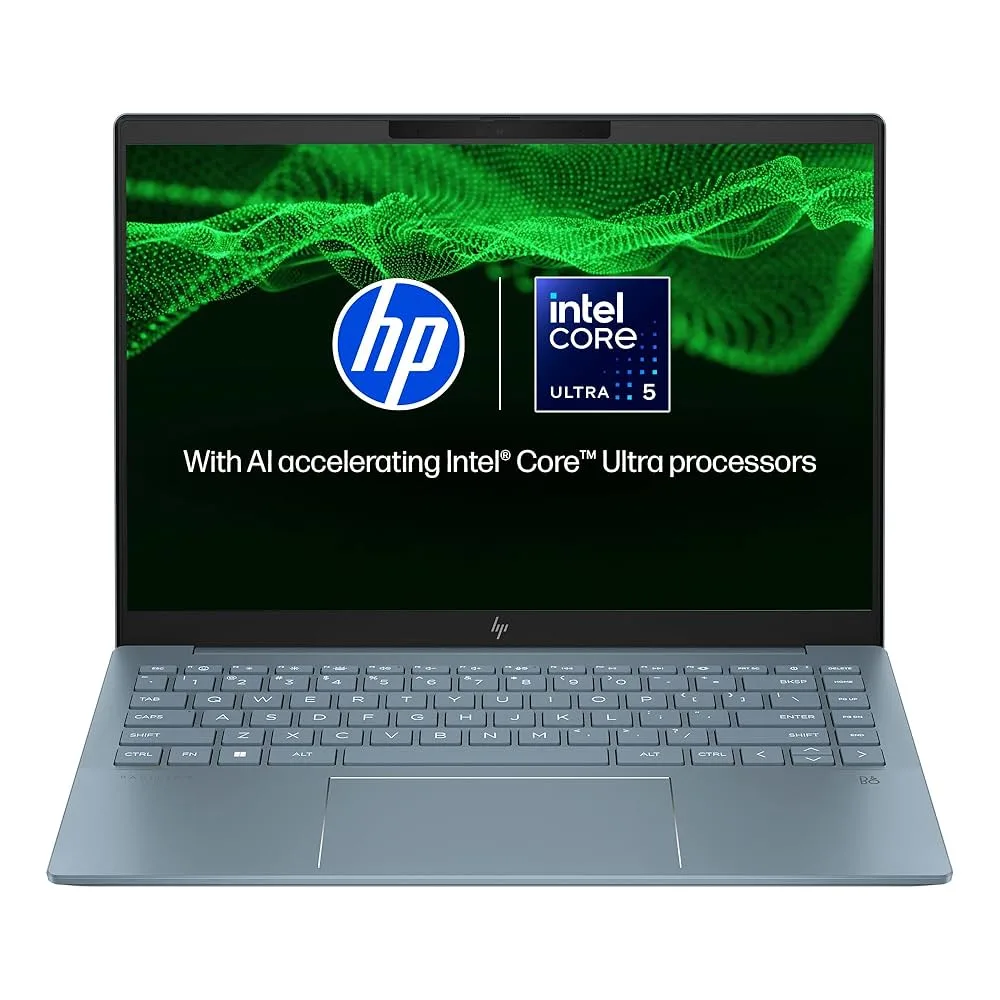Ryzen 7 vs Intel i7 – Which to Pick for Heavy Workloads in 2025?
Published on: Fri Jul 11 2025

Ryzen 7 vs Intel i7 – Which One to Pick for Heavy Workloads in 2025?
For decades, the battle for CPU supremacy has been a two-horse race. In one corner, you have the established champion, Intel, with its immensely popular Core i7 series. In the other, the formidable challenger, AMD, with its powerful Ryzen 7 lineup. For professionals, creators, and power users looking to buy a new laptop in 2025, the choice between these two high-performance processors is more critical—and more confusing—than ever.
Both chips promise exceptional performance, but they achieve it through different philosophies and architectures. So, which one is the right choice for your heavy workload? Let’s break down the key differences to help you decide.
The Core of the Matter: Multi-Core vs. Single-Core Performance
The most significant distinction often lies in how these processors handle different types of tasks.
Multi-Core Performance: The Ryzen 7 Advantage
Heavy workloads like video rendering, 3D modelling, running virtual machines, and compiling large codebases are tasks that can use multiple processor cores simultaneously. This is where AMD’s Ryzen 7 has historically excelled.
- Why Ryzen Often Wins: AMD’s architecture has often prioritized a higher core and thread count, allowing it to efficiently distribute and process parallel tasks. For a video editor exporting a 4K timeline or a 3D artist rendering a complex scene, a Ryzen 7 can often complete the job faster. In 2025, the latest Ryzen 7 chips continue this trend, making them a top choice for content creators and hardcore multitaskers.
Single-Core Performance: The Intel i7 Strength
While multi-core performance is crucial, many applications still rely heavily on the speed of a single core. This includes tasks like photo editing in Adobe Photoshop, most software development tasks, and many popular video games.
- Why Intel Stays Competitive: Intel’s Core i7 processors have traditionally held a slight edge in single-core clock speeds and performance. This results in incredible responsiveness and snappiness in tasks that can’t be easily split across multiple cores. For a user whose “heavy workload” involves complex spreadsheets, demanding programming IDEs, or high-frame-rate gaming, the i7 often feels incredibly fast and fluid. Intel’s Performance Hybrid Architecture (with its mix of Performance-cores and Efficient-cores) is designed to excel in these varied scenarios.
Power Efficiency and Battery Life: A Neck-and-Neck Race
In the past, AMD was often seen as the more power-efficient choice. However, in 2025, this gap has all but disappeared. Both Intel’s latest Core Ultra series and AMD’s Ryzen 7 mobile processors are built on cutting-edge, low-nanometer processes, leading to fantastic efficiency.
- What to Consider: Instead of picking a brand, look at the specific chip’s TDP (Thermal Design Power), indicated by letters in the model number (e.g., U-series for ultrabooks, H-series for high-performance). Both brands offer incredibly efficient chips that deliver excellent battery life in thin-and-light laptops. Real-world battery performance now depends more on the laptop manufacturer’s implementation, the battery size, and the display technology (OLED vs. IPS) than on the CPU brand alone.
Integrated Graphics: AMD’s RDNA vs. Intel’s Arc
For those not opting for a dedicated graphics card, the performance of the integrated GPU is crucial.
- AMD’s RDNA Graphics: AMD’s integrated Radeon graphics, based on their RDNA architecture, are famously powerful. They often outperform Intel’s offerings, providing a surprisingly capable casual gaming and light content creation experience without the need for a discrete GPU.
- Intel’s Arc Graphics: Intel has made massive strides with its new Arc integrated graphics. Found in the latest Core Ultra processors, Arc graphics are highly competitive and, in some cases, even beat AMD’s solution. They also bring modern features like AV1 encoding and AI-based super sampling (XeSS). In 2025, the integrated graphics race is closer than ever.
The Final Verdict: Which One Should You Choose?
There is no single “winner.” The right choice depends entirely on your specific workload.
Choose the AMD Ryzen 7 if:
- Your primary tasks are heavily multi-threaded, such as video exporting, 3D rendering, or running multiple virtual machines.
- You are a content creator who needs the maximum possible multi-core throughput to reduce processing times.
Choose the Intel Core i7 if:
- Your work involves applications that benefit from high single-core speeds, like software development, photo editing, or financial modelling.
- You are a gamer who wants to squeeze out the highest possible frame rates in CPU-bound games.
- Your workflow is a mixed bag of demanding single-threaded and multi-threaded tasks.
Ultimately, both the Ryzen 7 and the Core i7 are phenomenal processors in 2025. By identifying the nature of your most frequent heavy workloads, you can confidently choose the CPU that is perfectly tailored to accelerate your productivity.
Related Blogs

How to Pick a Budget Laptop That Lasts – Battery, SSD, RAM & More (2025 Edition)
Buying a laptop on a budget in 2025? This guide reveals the secrets to choosing an affordable laptop that is fast, reliable, and will last for years by focusing on the right specs.

HP Pavilion Plus 2025 Review – Best OLED Laptop Under ₹80,000?
An in-depth review of the 2025 HP Pavilion Plus. We test its stunning OLED display, performance, battery life, and build quality to see if it truly is the best laptop under ₹80,000 for students and professionals.

Laptop Buying Guide 2025: How to Choose the Right Laptop for Your Needs
Looking to buy a new laptop in 2025? This comprehensive guide explains everything you need to know about processors, RAM, storage, and displays to choose the perfect laptop for your work, study, or gaming needs.